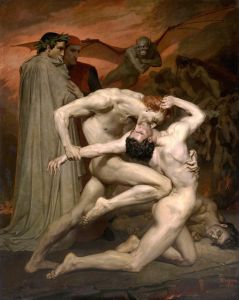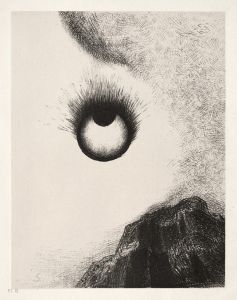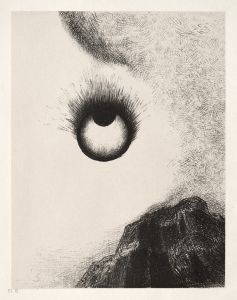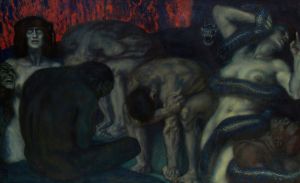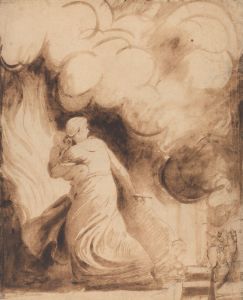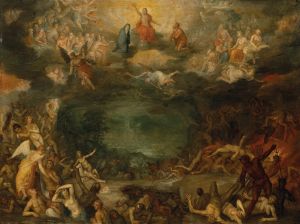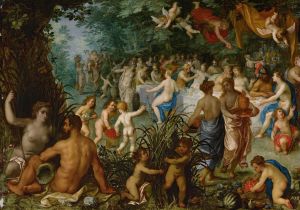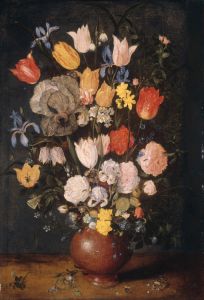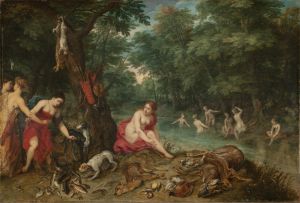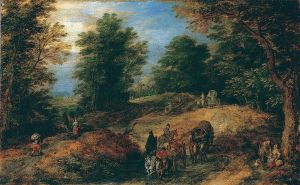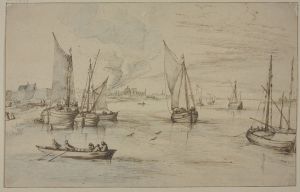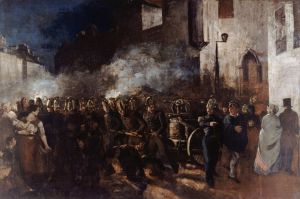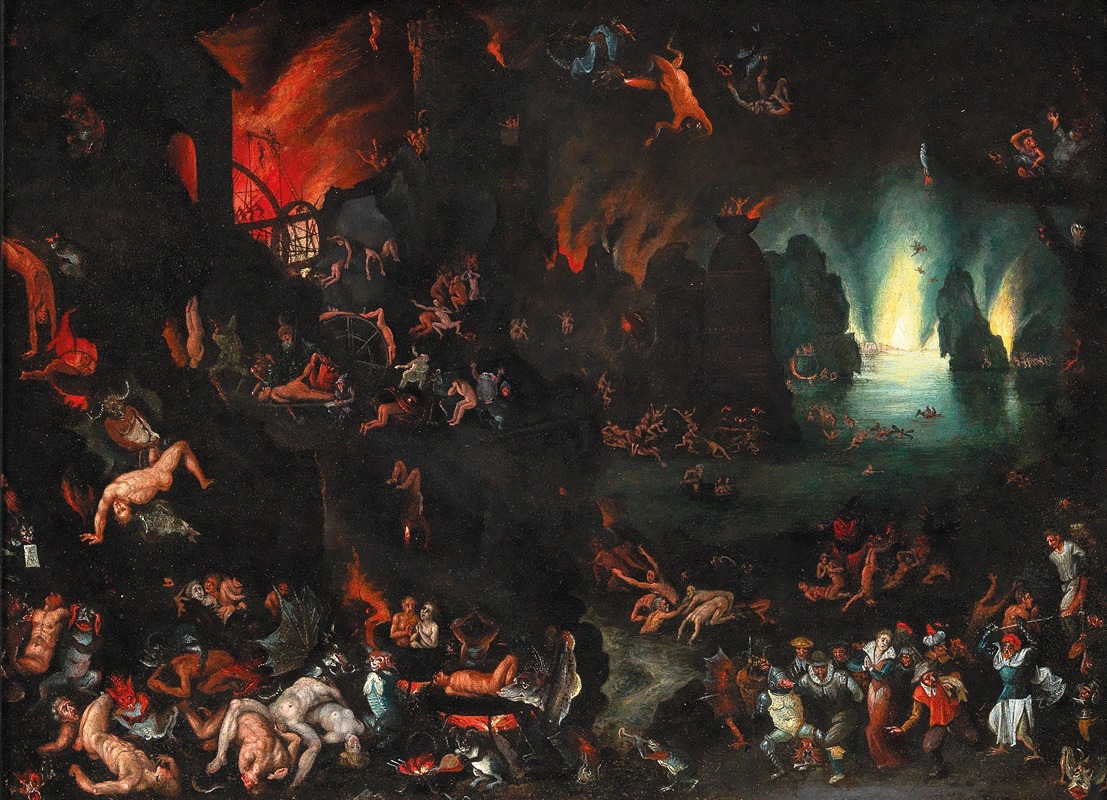
A scene of Hell
A hand-painted replica of Jan Brueghel The Elder’s masterpiece A scene of Hell, meticulously crafted by professional artists to capture the true essence of the original. Each piece is created with museum-quality canvas and rare mineral pigments, carefully painted by experienced artists with delicate brushstrokes and rich, layered colors to perfectly recreate the texture of the original artwork. Unlike machine-printed reproductions, this hand-painted version brings the painting to life, infused with the artist’s emotions and skill in every stroke. Whether for personal collection or home decoration, it instantly elevates the artistic atmosphere of any space.
Jan Brueghel the Elder, a prominent Flemish painter of the late 16th and early 17th centuries, is known for his detailed landscapes and vivid depictions of biblical and mythological scenes. One of his notable works is "A Scene of Hell," which exemplifies his ability to blend intricate detail with dramatic storytelling.
"A Scene of Hell" is a painting that captures the chaotic and terrifying imagery associated with the concept of hell, as understood in the Christian tradition during Brueghel's time. The painting is characterized by its dense composition, filled with a multitude of figures and elements that create a sense of overwhelming horror and despair. This work is a part of a broader tradition of depicting hell in art, which was popular in the Northern Renaissance, where artists sought to visualize the moral and spiritual lessons of the afterlife.
Brueghel's depiction of hell is notable for its meticulous attention to detail and the vividness of its imagery. The painting is populated with a variety of demonic creatures, tormented souls, and infernal landscapes. These elements are rendered with a precision that reflects Brueghel's background in still life and landscape painting, as well as his ability to convey complex narratives through visual means.
The composition of "A Scene of Hell" is dynamic and filled with movement, drawing the viewer's eye across the canvas to explore the various tortures and punishments being inflicted upon the damned. The use of color is particularly striking, with fiery reds and oranges dominating the palette, evoking the flames and heat traditionally associated with hell. This use of color not only enhances the dramatic impact of the scene but also serves to unify the composition, creating a cohesive and immersive experience for the viewer.
Brueghel's work often included collaborations with other artists, and it is possible that "A Scene of Hell" was created in conjunction with another painter, as was common practice at the time. However, the specific details of any such collaboration on this particular painting are not well-documented.
The painting reflects the cultural and religious context of the period, where depictions of hell served as moral warnings to the faithful, illustrating the consequences of sin and the importance of living a virtuous life. Brueghel's ability to convey these themes through his art contributed to his reputation as a master of his craft, and "A Scene of Hell" remains a significant example of his work in this genre.
While the exact date of creation for "A Scene of Hell" is not definitively known, it is generally placed within the early 17th century, aligning with Brueghel's most productive period. The painting is part of a larger body of work that explores religious and mythological themes, showcasing Brueghel's versatility and skill as an artist.
In summary, "A Scene of Hell" by Jan Brueghel the Elder is a compelling representation of the artist's ability to depict complex and dramatic scenes with precision and vividness. The painting stands as a testament to Brueghel's mastery of detail and his capacity to engage viewers with powerful visual narratives.





